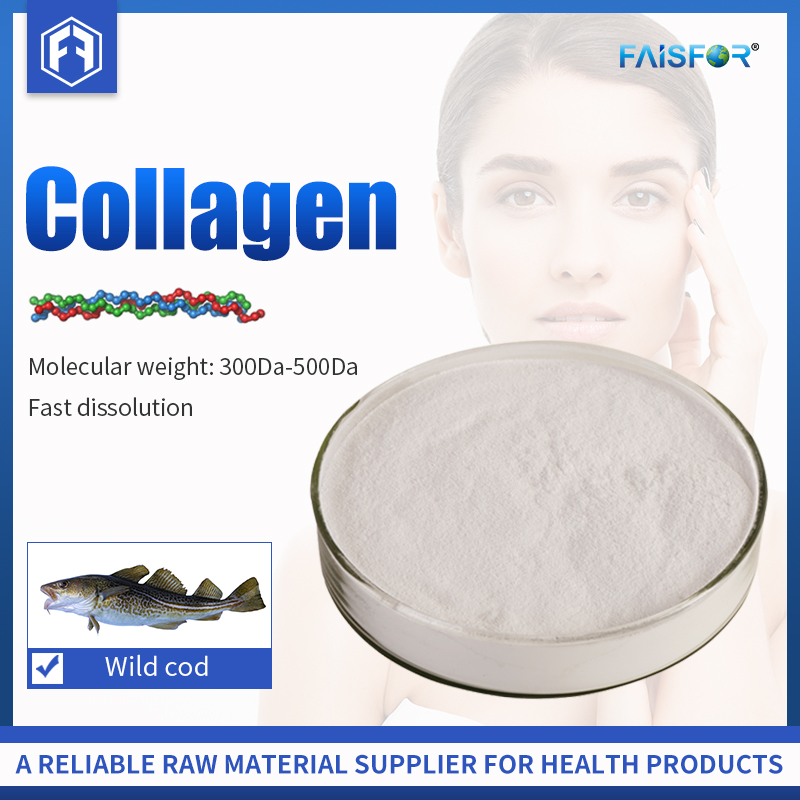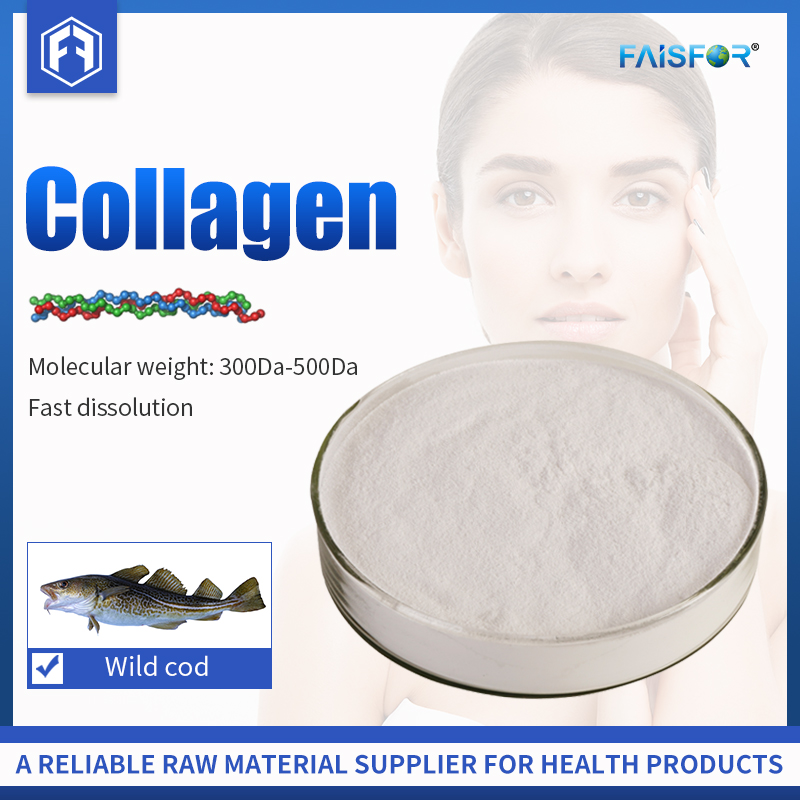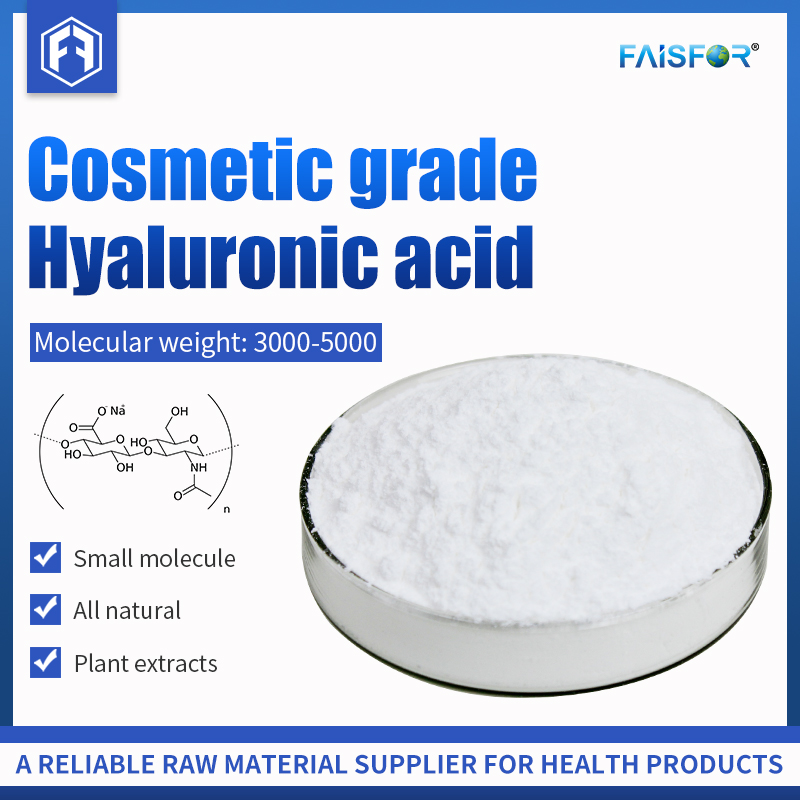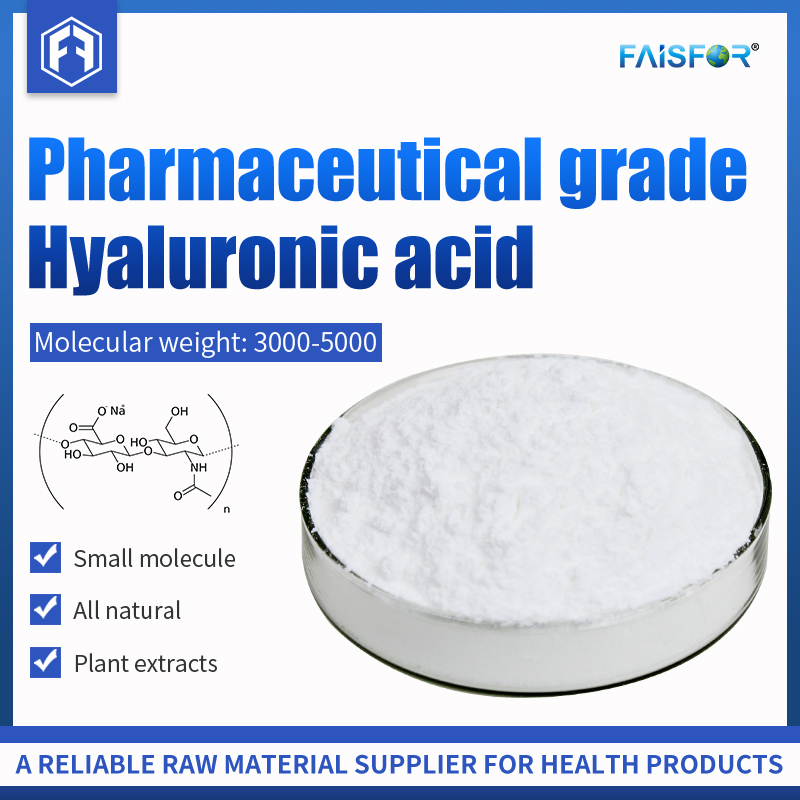What is erythritol?
2021/09/15
Erythritol is four-carbon sugar alcohol obtained from glucose as a raw material by yeast fermentation.
Process: glucose → fermentation → bacterial separation → chromatography separation → desalination → decolorization → crystallization → crystallization separation → drying
Physical and chemical properties: meager calorific value: called "0" calorific value beverage; non-hygroscopic: no moisture absorption under 90% air humidity; damaging heat of dissolution: -96.86kJ/kg, incredible at the entrance; high tolerance: The maximum tolerance of the average body is 50g/d; anti-caries: not used by Streptococcus mutants.
Main functions: lose weight, maintain intestinal micro ecological balance, improve liver function.
Main applications: beverages, new condiments, tablet market, baby food

Take weight loss and maintain intestinal microecological balance as an example:
(1) Metabolism of erythritol
Erythritol is a small molecule substance easily absorbed by the small intestine through passive diffusion, most of which can enter the blood circulation, and only a tiny amount directly enters the large intestine as a carbon source for fermentation. However, the erythritol that enters the blood cannot be digested and decomposed by the enzyme system in the body but can only be filtered out of the blood through the kidneys and excreted through the urine. Because of its unique metabolic characteristics, it determines its meager energy value. Thus, 80% of the erythritol that enters the body is excreted through urine, which does not provide energy. Another 20% enters the large intestine. It is assumed that half (already the most considerable estimated amount) of it is fermented into unsaturated fatty acids by intestinal bacteria and is reabsorbed and metabolized. This analysis shows that only 10% of the ingested erythritol has energy value, providing an energy source for the human body. The energy value of erythritol does not exceed 0.2kJ/g, which is the lowest energy value among all polysaccharide alcohol sweeteners, so it can play a role in maintaining the body.

(2) The high tolerance of erythritol is because 80% of the erythritol that enters the body will be quickly and entirely absorbed by the small intestine, avoiding the possible side effects of non-absorbable substances. The high degree of non-absorption of carbohydrates in the inner wall of the small intestine will produce a high osmotic pressure, which causes water flow on the mucosal surface of the small intestine wall, which causes diarrhea. Carbohydrates that are not digested and absorbed enter the large intestine and are fermented by intestinal bacteria to produce many volatile substances, which exceed the limit of the amount that can be reabsorbed through the blood excreted in the feces, so flatulence occurs. The degree of these two side effects is also related to the individual physical fitness of the ingester. In severe cases, abdominal cramps and intestinal rolling may sometimes occur. For the phenomenon of erythritol, since most of it can be absorbed by the small intestine, its tolerance is very high, and side effects are minor.
To learn more about this product, click here ↓











